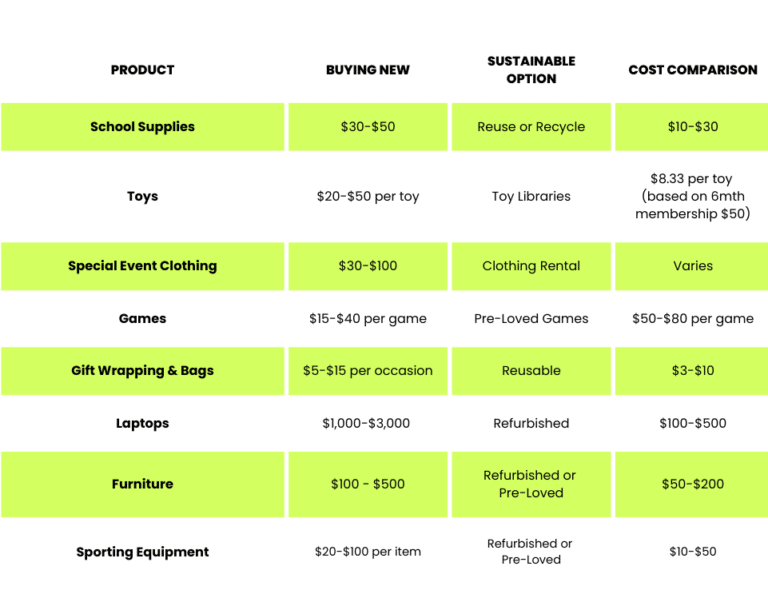In a world where consumption seems ever-constant and environmental concerns loom large, families are increasingly seeking ways to live more sustainably while also managing their finances responsibly. From reducing waste to saving money, the quest for eco-friendly and budget-friendly solutions has become a priority for many households.
In this blog post, we’ll explore five practical and actionable tips for families to embrace a more sustainable and cost-effective lifestyle. From reusing and recycling everyday items to embracing circular shopping and prioritizing quality over quantity, these tips offer a roadmap for families to tread lightly on the planet while also keeping their wallets happy.
Join us as we leap into the world of sustainable living and discover how simple changes can make a significant impact on both the environment and your family’s finances. Let’s embark on this journey together and empower our families to lead happier, healthier, and more sustainable lives.
1. Reuse & Recycle
- School Supplies: Explore options for reusing notebooks and school stationery supplies to reduce waste and save money.
- Toy Libraries: Consider joining a toy library or swapping toys with other families to minimize toy clutter and promote sustainable play.
- Clothing Rental/Hire: Instead of buying new clothes for every occasion, explore clothing rental or hire services for special events or growing children.
- Party Games & Gift Wrapping: Opt for reusable party games and eco-friendly gift wrapping/bags to reduce single-use waste during celebrations and holidays.
2. Shop Renewed + Refurbished
- Laptops: Look for renewed or refurbished laptops and electronic devices to save money and reduce electronic waste.
- Furniture: Consider buying refurbished furniture or giving old furniture a new lease on life through DIY projects to minimize waste and promote sustainable living.
- Sporting Equipment: Explore second-hand sporting equipment options or refurbish existing gear to encourage active lifestyles while reducing environmental impact.
3. Embrace Circular Shopping
- Buy, Sell, Trade: Utilise platforms like Facebook Marketplace, local markets like Thrifter or My Kids Market or charity stores to buy, sell, or trade children’s goods, pre-loved games sites, promoting circular economy and reducing waste.
- Local Playgroups: Engage with local playgroups to exchange children’s items and foster community connections while minimising consumption.
4. Group Gift
- Memorable Gifts: Encourage group gifting for birthdays and holidays to reduce excess and promote meaningful, memorable gifts. This also helps you stick to a budget while still ensuring your gift brings joy!
- Activities & Experiences: Consider gifting activities, gift cards, or experiences instead of material possessions to create lasting memories and reduce clutter.
5. Choose Quality over Brand/Quantity
- Longevity: Prioritize quality over brand or quantity when purchasing items for your family to ensure longevity and reduce the need for frequent replacements.
- Investment Pieces: Opt for durable, well-made products that withstand wear and tear, can be passed on, saving money in the long run and reducing overall consumption.
What can the cost savings look like?
 By incorporating these money-saving and eco-friendly tips into your family’s lifestyle, you can make a positive impact on the environment while also saving money and fostering sustainable habits for future generations.
By incorporating these money-saving and eco-friendly tips into your family’s lifestyle, you can make a positive impact on the environment while also saving money and fostering sustainable habits for future generations.
